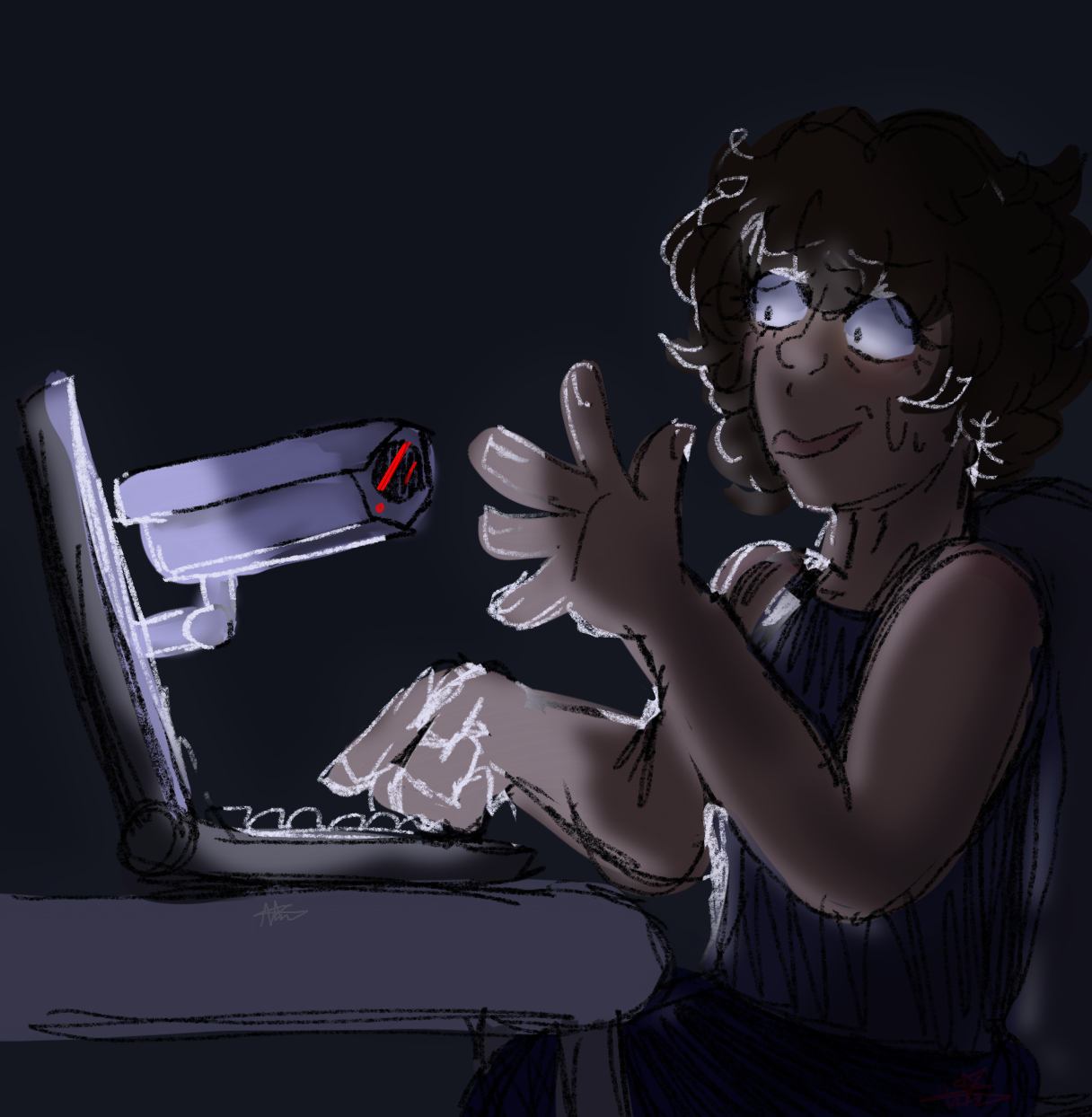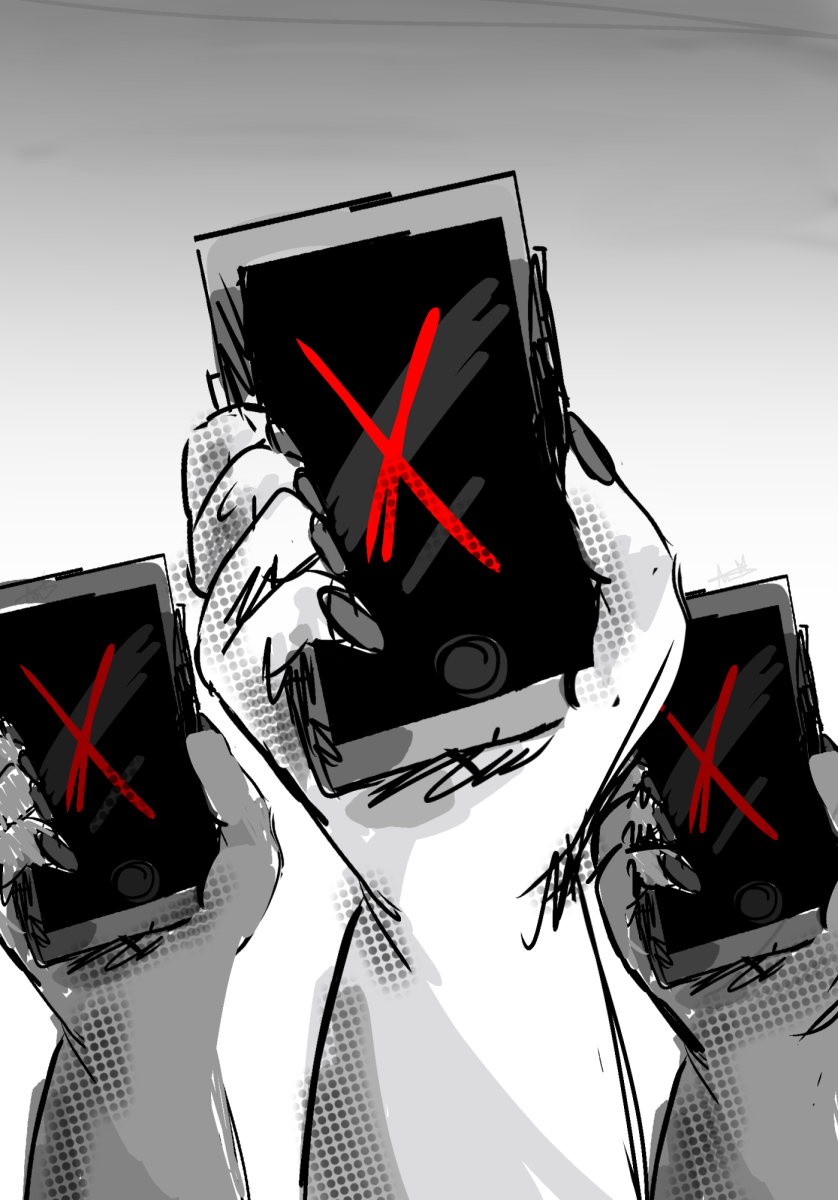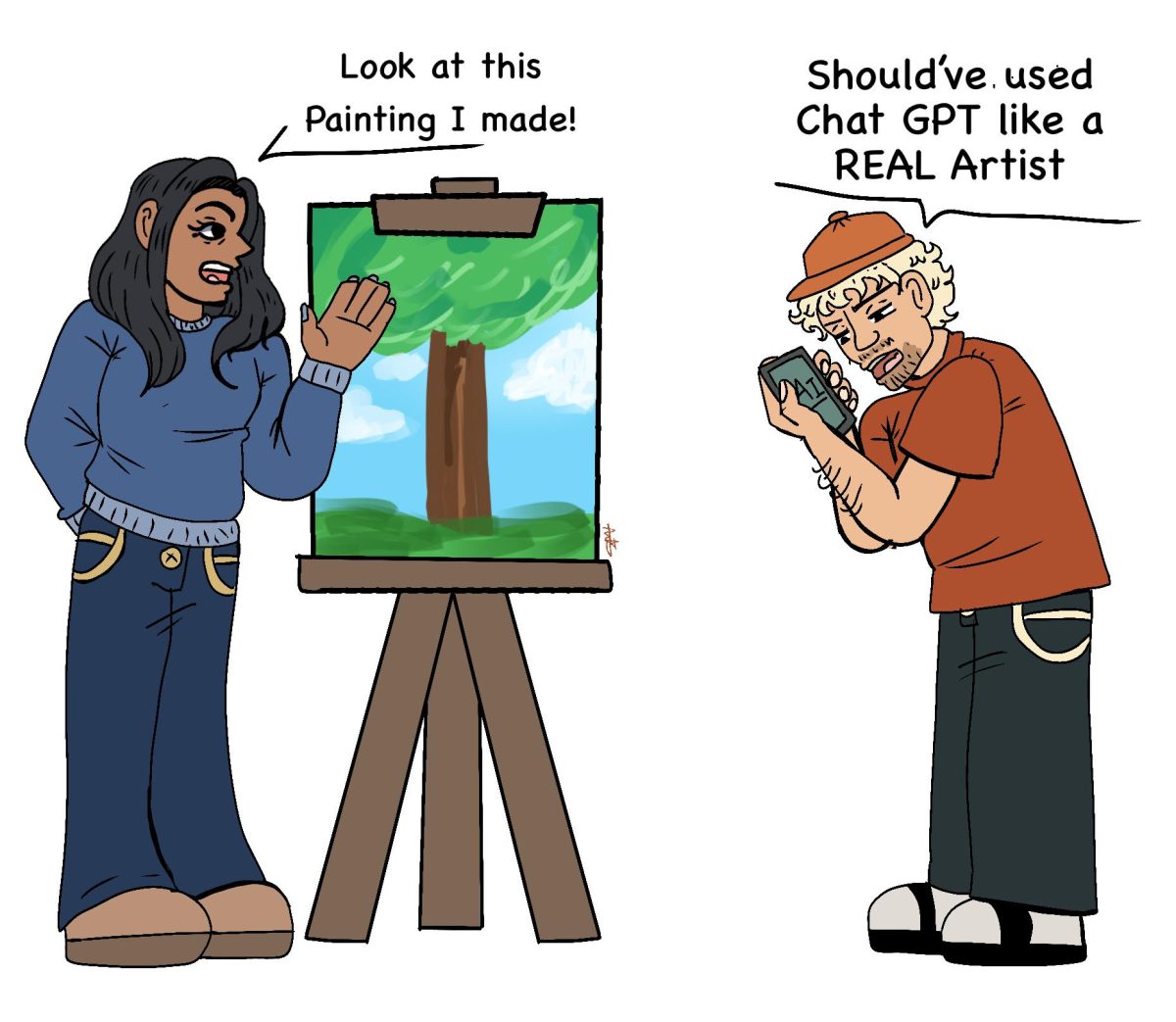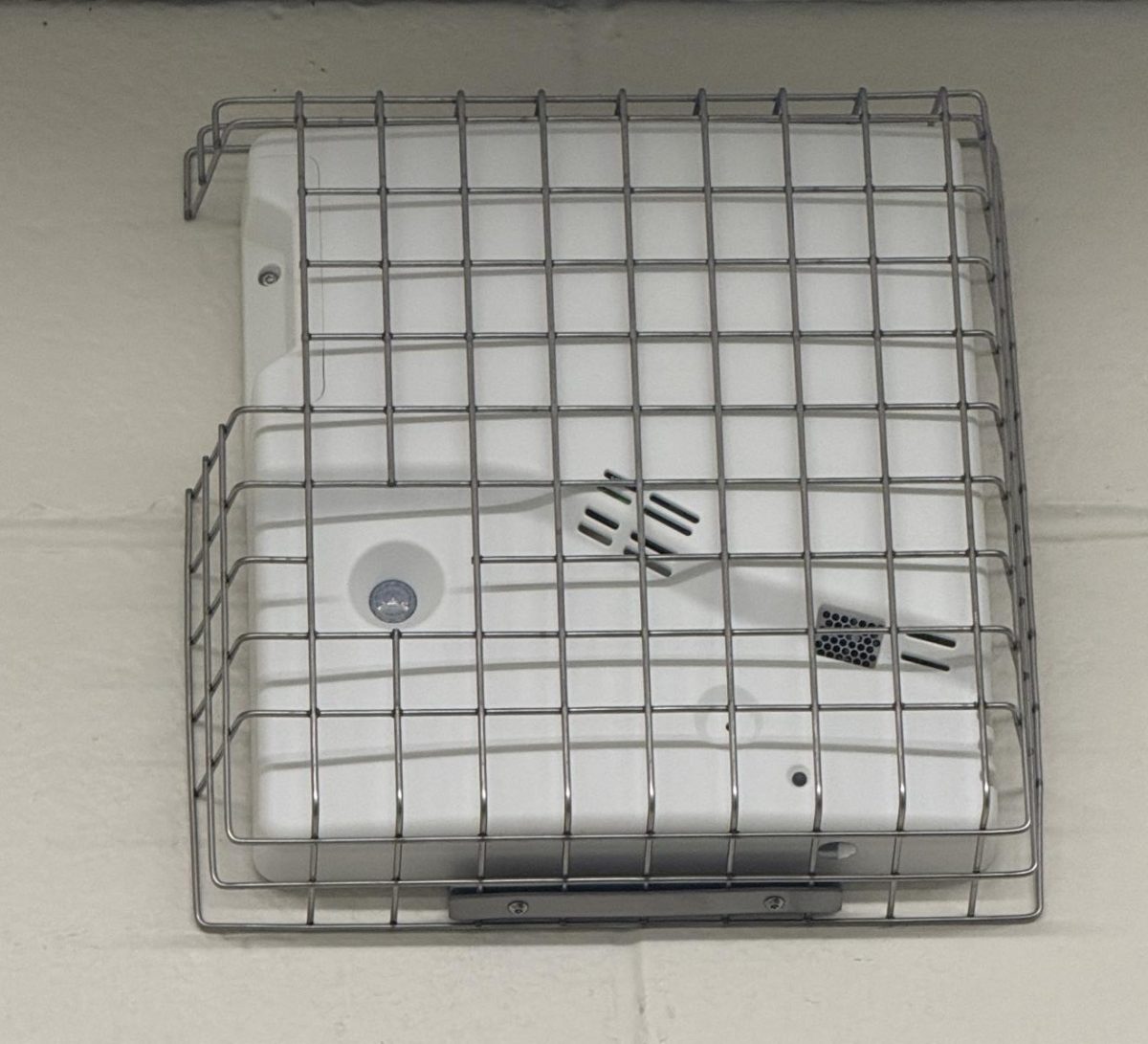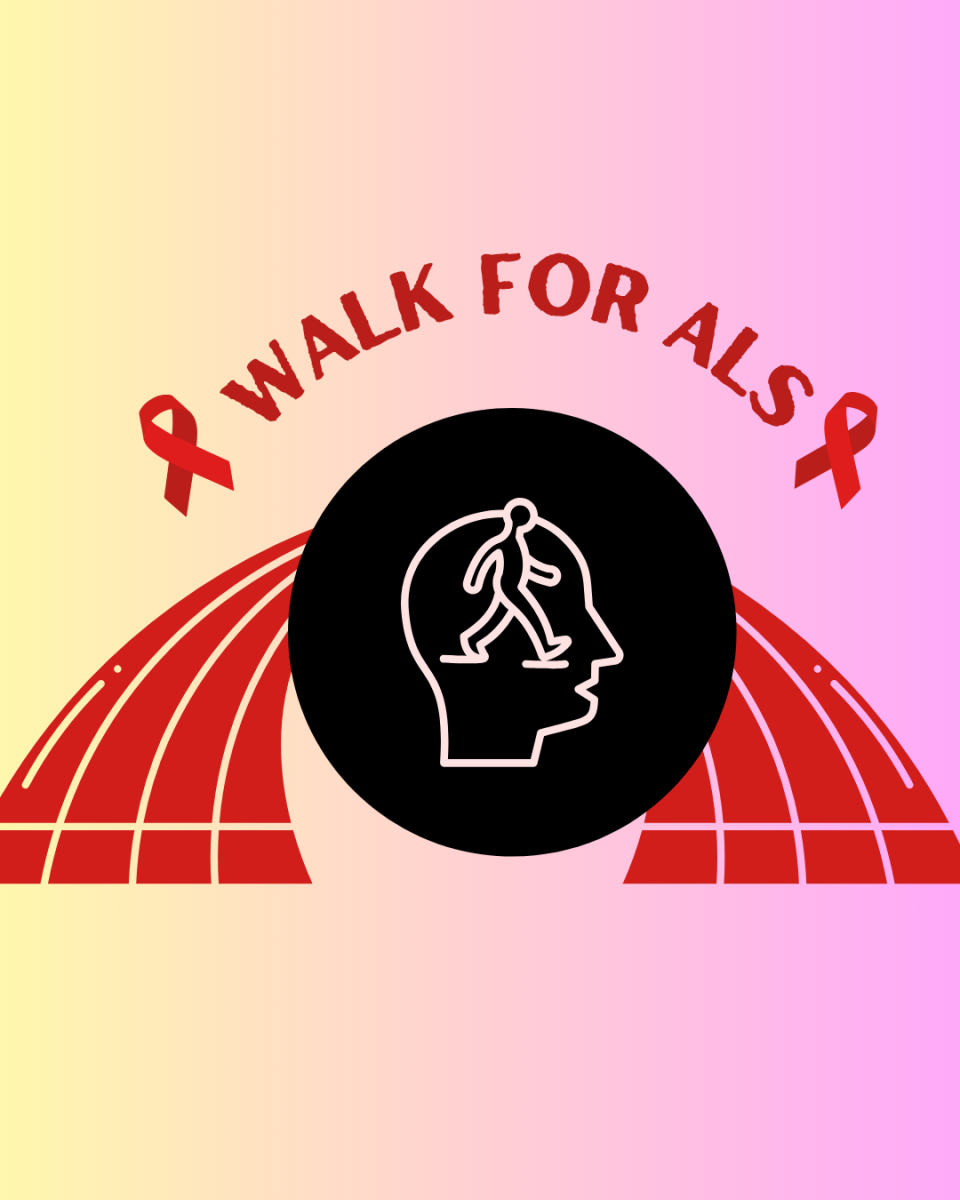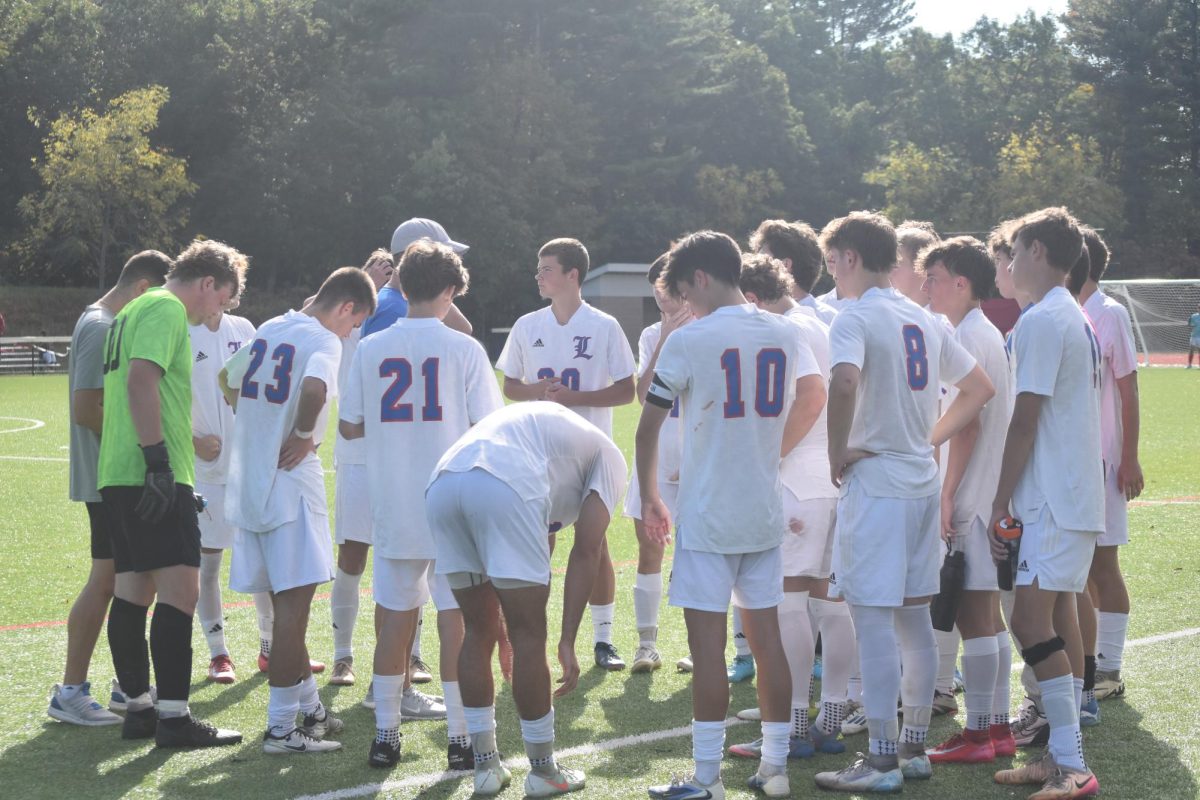You’re in class: fingers hovering above the keyboard, focusing on finishing your assignment. The fluorescent lights hum overhead. The room holds its breath.
A silent flicker—a notification appears on your computer alerting you that your teacher can view your device
Your stomach drops. You sit still, suddenly hyperaware of your screen, the weight of being watched settling over time.
Your teacher, sitting quietly across the room, will see everything. Not just what you’re working on, but what you almost clicked on. What you typed, then deleted. What you searched, even if you never hit enter.
This is how privacy dies.
Our laptops have become a surveillance tool. Securly’s Classroom Device Management for Teachers’ screen monitoring tool provides staff with unrestricted access to student devices, without requiring consent. It turns your laptop into a one-way mirror— you can’t see them, but they’re watching you.
According to Securly’s official support documentation, “Monitoring student screens is only available if enabled by district admins.” That means that the feature had to be deliberately enabled at the administrative level, making it an intentional decision rather than an automatic one.
There’s a fine line between maintaining classroom focus and instilling paranoia. Securly crosses that line by normalizing constant supervision in the form of productivity and safety. It tells students that privacy is optional and being watched is just part of the deal.
We are forced to use the school devices, which means we are forced to accept the monitoring. This feature is not optional; it is mandatory. Every click, every tab, and every moment of distraction is under the direct scrutiny of an authority figure.
Not only that, but teachers have the ability to take control of your screen—they can close your tabs, lock your screens, and I’m sure there’s more. What a terrifying foundation for our digital lives.
True learning requires trust, and this technology sends the toxic message: we do not trust you.
I understand that teachers are tired of fighting constant digital distractions and that the new feature feels like a necessary way to keep students on task and to make sure nobody cheats. Plus, schools have a duty to manage their devices and maintain order, making screen monitoring seem like just another classroom management tool, like walking around the room during a test.
But it’s not the same. Keeping eyes locked on students’ screens is far more invasive.
This convenience for the teacher comes at a cost that is too high for the student, which is the total loss of self-respect and the ability to self-govern.
There are better ways to guide students—ways that build trust, encourage focus, and create a safer learning environment. Monitoring tools like Securly may seem harmless, even helpful, but their long-term impact isn’t.
Privacy is a basic right, not a reward for good behavior. Students shouldn’t have to earn the right to feel that our digital space is our own.
We cannot let the challenge of keeping a few students on task become the reason to give schools unrestricted control over every student’s screen. While schools have a responsibility to maintain safety and focus, the ability to watch and control student devices crosses a boundary between guidance and intrusion.
To prepare students for a free society, we must first allow them the freedom to work, explore, and even make mistakes without the uneasy awareness that a teacher could reappear at any moment and monitor them again.
This feature must be disabled before it permanently teaches an entire generation that their thoughts and digital lives belong to the nearest authority.



